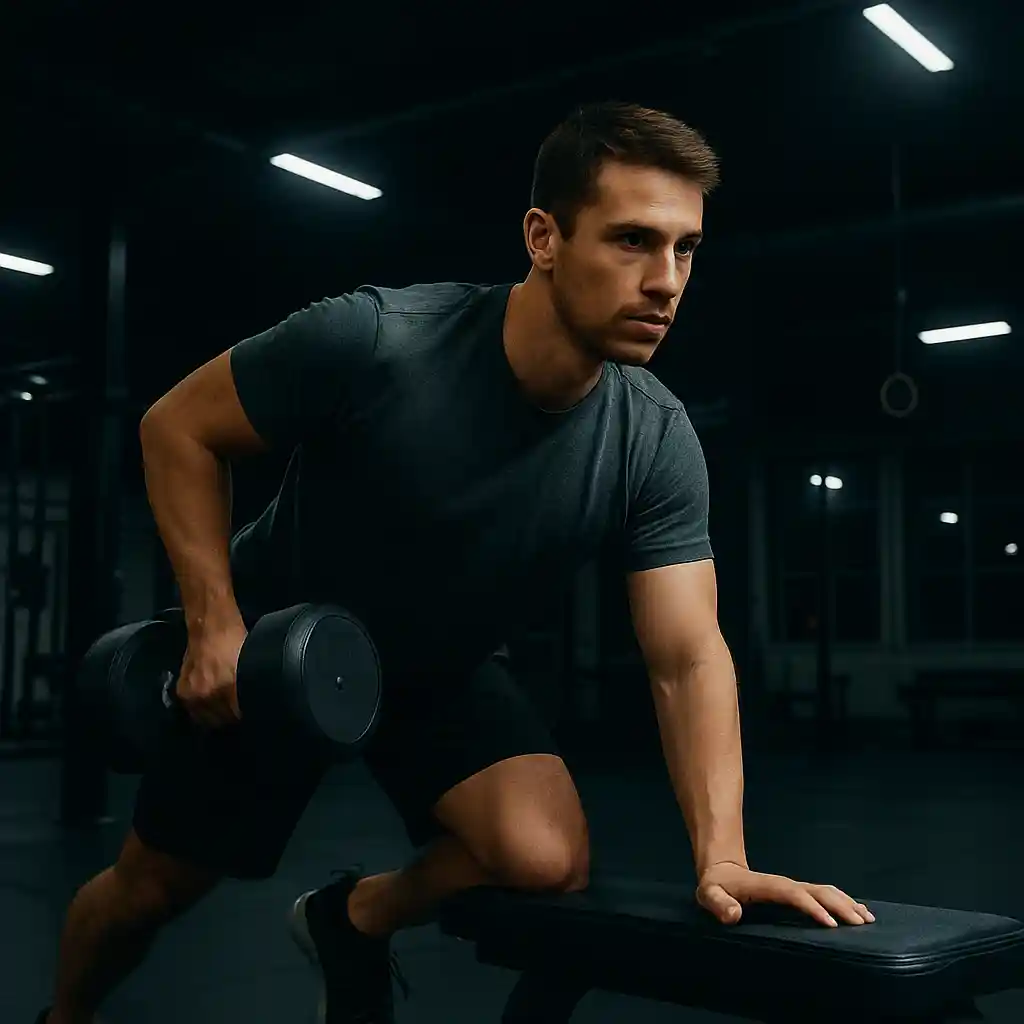For the longest time, I assumed there was a “best” time to work out—early morning, of course, because that’s what all the fitness blogs and YouTubers seemed to say. So I tried that. And it suited me, because I’m an early riser. However, when I started working out with friends, their energy levels were nowhere near mine in the early morning. I saw them dragging themselves through workouts that left them feeling more drained than energized.
Eventually, after talking it through, we decided to mix things up and schedule our workouts at different times during the week. After a week or so, I realized something that changed everything: the best time to work out isn’t about routines or rules—it’s about rhythm. More specifically, your individual rhythm.
What works for someone else might leave you feeling off. But once you find the timing that fits you, workouts start to feel less like a chore—and more like something your body actually wants to do.
Why the “Perfect Time” Is Personal
I’ve always been an early riser, and for a while, I thought that meant morning workouts were the only right choice. And for me, they often are. But over time, I realized that not everyone’s wired the same way. Some people hit their stride in the afternoon. Others don’t feel fully alive until the evening.
The truth is, we all have different peaks in energy, focus, and motivation—and they don’t always follow a typical schedule. Watching how others responded to different times helped me realize that the best time to work out is the one that feels right for you.
How I Found My Best Workout Time
This wasn’t a high-tech experiment. I just paid attention—honestly, for the first time. Here’s what helped me:
1. Track Your Energy (Casually)
I started jotting down how I felt at different times during the day for about a week. Nothing fancy—just a quick note like “felt sluggish” or “surprisingly focused.” I also made a note of when I worked out and how it went. Some sessions felt effortless, others felt like a battle.
2. Watch for Patterns, Not Perfection
I didn’t expect a perfect answer, but I started seeing trends. Some windows felt consistently better—more energy, better mood, less resistance. Those became my go-to workout times.
3. Match Your Workout to Your Energy
Not all workouts need the same energy. I noticed I had more focus in the morning, which made it a good time for strength or structured routines. If I felt restless later in the day, cardio or stretching worked better. Some days I split my movement into short bursts depending on how I felt.

Weird Clues That Actually Helped
I started noticing the little things that signaled I might need to move:
- I couldn’t sit still
- I kept snacking but wasn’t hungry
- I felt anxious or mentally stuck
- I got the sudden urge to clean or organize
All of those ended up being solid indicators that a bit of movement might help—and they usually did.
It Doesn’t Have to Be the Same Every Day
This was a big mindset shift for me. I used to think I had to be consistent in time, not just effort. But energy isn’t always consistent—and that’s okay. Now I ask:
- Do I feel like moving right now?
- Do I have the energy to push, or do I need something lighter today?
Even when life’s busy or I’m low on motivation, a 10-minute walk at the “right” moment feels way better than a 45-minute workout at the wrong one.
Interestingly, research backs up the idea that the time of day you exercise can affect how your body responds. Studies have shown that people tend to perform better in the afternoon or early evening, when body temperature is naturally higher, which can improve muscle function and reduce the risk of injury. Morning workouts, on the other hand, have been linked to better consistency and may help regulate appetite and improve focus throughout the day. But there’s no one-size-fits-all answer—your body’s internal clock, or circadian rhythm, plays a big role, and listening to it can help you get more out of your workouts, both physically and mentally.
What I’ve Learned
The “best time to work out” isn’t something you look up—it’s something you discover. And your body is already giving you the answers. You just have to start paying attention.
There’s nothing wrong with experimenting. Try mornings. Try evenings. Try both. Track how you feel before, during, and after. Once you find that sweet spot—the time where movement feels natural, not forced—you’ll want to keep going. Not out of discipline, but out of rhythm.
And honestly? That’s where the consistency comes from.
